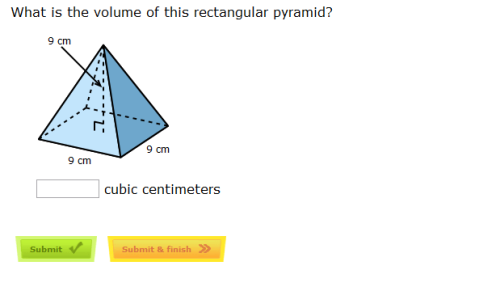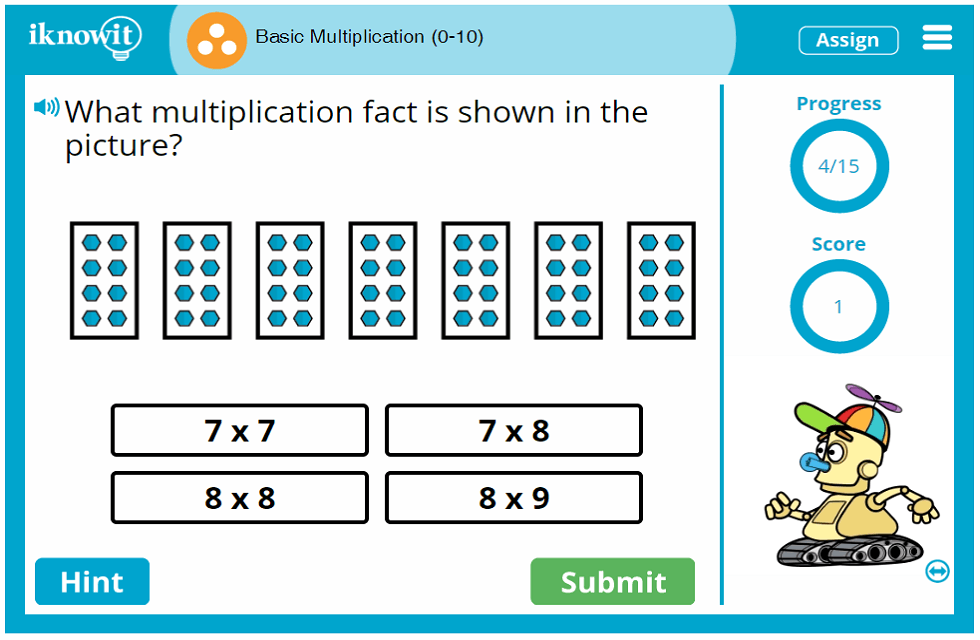
State grants are not loans. You don't need to repay them. They are available to low-income families and students. You can apply here for them if your situation is eligible. State grants are not loans and they are distributed based on your financial need. While they may vary in the amount and availability of grants, about 10% of Grove City College's grant aid is state grant aid.
About 10 percent in Grove City College grants comes from state grant funds
Grove City College grants will be granted based on both merit and financial need. Students receive need-based aid according to their financial ability to pay school. The FAFSA (Free Application for Federal Student Aid) determines how much need-based aid students qualify for. In fall 2020, about 55% of first-year students received need-based financial aid.
There are three kinds of scholarship programs. One is the Hutchens/SGA Centennial Leaders Scholarship. This scholarship provides $21,000 over four years for first-generation college students. Missouri State Advantage Scholarship is another scholarship.
They are not need-based
Students who are unable to afford college can apply for need-based financial aid. The Free Application for Federal Student Aid calculates the difference between expected family contributions (FAFSA), and the tuition cost. Students who demonstrate a high need for the aid are more likely to be awarded the funds.

The need-based aid system does not take into account a student's talent. It is primarily based on the family income and financial situation of the student. This type of aid is available to all students, not just athletes and straight-A students. One in four American students receives non-need-based aid worth $22 billion.
They are allocated based on financial situation
While most state grants are distributed on the basis of financial need, there are some states that consider multiple factors in determining eligibility. Some states may only consider the student's academic performance while others consider all factors. In general, states that offer the largest grants per student tend be those that do not require them to.
Students from low-income families typically receive more state grant aid and typically receive larger amounts. As many states introduced merit-based grant programs, state grant aid per student grew dramatically in the 1990s. The amount of state grant assistance per student reached its peak in 2007-08, right before the Great Recession. Since then state grant assistance per student has increased steadily, from $700 in 2011-12 a to $820 per year in 2016-17.
They vary by state
There are several types of financial aid for college students, and they differ from state to state. Some of these are need-based and others are merit-based. In either case, the amount of grant money you can receive will depend on your financial circumstances. Generally, grants are given to low-income students who are attending a state-funded college. Another form of financial aid is student loans and work study programs. These programs often require students to work as part of a team in order to pay for school.
There are different processes for applying for these funds. In some states, you must fill out the FAFSA and provide additional information on your family's finances. You should be aware of the deadlines for applying for state grants. They vary from one state to another. You can always apply again next year if you miss a deadline.

How to Apply
State grants can be described as financial aid that is provided by the state governments to students to help them pay for college. These programs are offered to undergraduates who are working toward their degree. Students must have at least 24 credits from high school or G.E.D. to qualify for a full-time grant. A State Grant may be available to part-time students who have completed at least three credits per term.
To familiarize applicants with the program, state agencies often host bidder's conferences. Potential applicants can also ask questions in writing during these meetings. These answers are then collated by State agencies.
FAQ
What is an alternative school?
An alternative school aims to allow students with learning difficulties to access education and provide them with support from teachers who are qualified to meet their needs.
Alternative schools provide special education opportunities for children with special needs.
Additionally, they receive extra support when necessary.
Alternative schools aren't just for those who were excluded from mainstream school.
They are accessible to all children, regardless if they have disabilities or abilities.
What are some possible ways to receive scholarships?
Scholarships are grants awarded to help pay for college expenses. There are many types available in scholarships. These include:
-
Federal Grants
-
State Grants
-
Student Loans
-
Work Study Programmes
-
Financial Aid
Federal grants come directly to the U.S. Most federal grants require applicants to meet certain requirements. Financial need is one example.
State grants can be offered by the individual states. State grants can be offered by each state based upon financial need, while others are given for specific purposes.
Banks and lending institutions offer student loans. Students are often able to borrow money for expenses such as tuition or living expenses.
Employers should be encouraged to use work-study programs to help them hire qualified students. Employers must pay their employees at least the minimum wage.
Financial aid allows low-income families to afford college by paying for all or part of their tuition costs.
Is there a specific skill required for my chosen profession?
If you want to become a lawyer, you'll need good written communication skills. You must communicate well with patients if you wish to become a nurse. You will need to be able to use math skills to become an accountant. These are just two examples. Think about all the activities that you enjoy. What kind of job will allow you to continue doing those activities? Engineers need to understand how to design machines or structures. Understanding basic math will be essential if you want to be successful. Business success requires a solid understanding of statistics and numbers. If you want to pursue a career as a teacher, you'll need good communication skills. You will need to have the ability to help others learn and to teach them.
Do you think it is difficult to be a teacher
Becoming a teacher requires a major commitment. Your studies will require a lot of your time.
While earning your degree, you should expect to work about 40 hours per săptămână.
Additionally, you need to find a job which suits your schedule. Many students have trouble finding part time jobs that balance schoolwork with their lives.
Once you land a full-time position, you will likely be responsible for teaching classes during the day. You might even be required to travel to other schools throughout the week.
Homeschooling is for everyone.
Anyone can homeschool. There are no specific qualifications required.
Parents who have completed high school can teach their children. Many parents choose to teach their children as they go to college.
Parents can learn to teach children from parents with less formal education.
After meeting certain requirements, parents may become certified teachers. These requirements vary by state.
Some states require all homeschooled children to pass a test prior to graduation. Others do not.
Homeschooling parents should register their family at the local school district.
This involves filling out paperwork, and submitting it back to the school board.
After registration, parents can enroll their children at public or private schools.
Some states allow parents to homeschool, but they must register their children with the government.
If you live within one of these states, it is your responsibility to ensure that your children fulfill the state's mandatory attendance law.
Statistics
- Globally, in 2008, around 89% of children aged six to twelve were enrolled in primary education, and this proportion was rising. (en.wikipedia.org)
- In most developed countries, a high proportion of the population (up to 50%) now enters higher education at some time in their lives. (en.wikipedia.org)
- Data from the Department of Education reveal that, among 2008 college graduates, 92.8 percent of humanities majors have voted at least once since finishing school. (bostonreview.net)
- They are also 25% more likely to graduate from high school and have higher math and reading scores, with fewer behavioral problems,” according to research at the University of Tennessee. (habitatbroward.org)
- These institutions can vary according to different contexts.[83] (en.wikipedia.org)
External Links
How To
How to get started in homeschooling
Homeschooling means that children are educated at home using a variety methods like reading books, watching videos or doing exercises. Because it allows students to learn at their own pace, develop skills such as problem-solving and critical thinking, self-discipline and communication, and social skills, it is one of the best ways to learn.
People who wish to educate their children at their home are more common than ever, particularly parents who work full-time but don't have enough time for their children. Homeschooling is an option that allows parents to focus their efforts on their children's education and not have to worry about how to find someone to care for them.
Homeschooling has many benefits. They can develop their ability to think critically and create, increase their knowledge, improve their language skills, develop their identity, become independent learners and have greater control over their lives than if they were in school.
Homeschooling is designed to give quality education to students so that they can succeed as adults. Before homeschooling can begin, however, you must meet certain conditions. This includes determining whether your child qualifies to attend private or public schools. It is important to choose the right curriculum for homeschooling. There are many curricula that you can find online, depending on your budget and expertise. These include Waldorf, Montessori and Waldorf as well as Reggio Emilia, Charlotte Mason and unschooling. Another requirement that you must fulfill before starting homeschooling is to make sure that you have the required resources needed to teach your child. This includes purchasing books, educational materials, computers and electronic devices. You can buy these items online or purchase them from local stores.
After you have completed the above steps, the next step is to register as a homeschooling parents. For guidance, it is best to contact the state department of education. They will assist you with filling out forms and provide guidance on how to get started homeschooling.